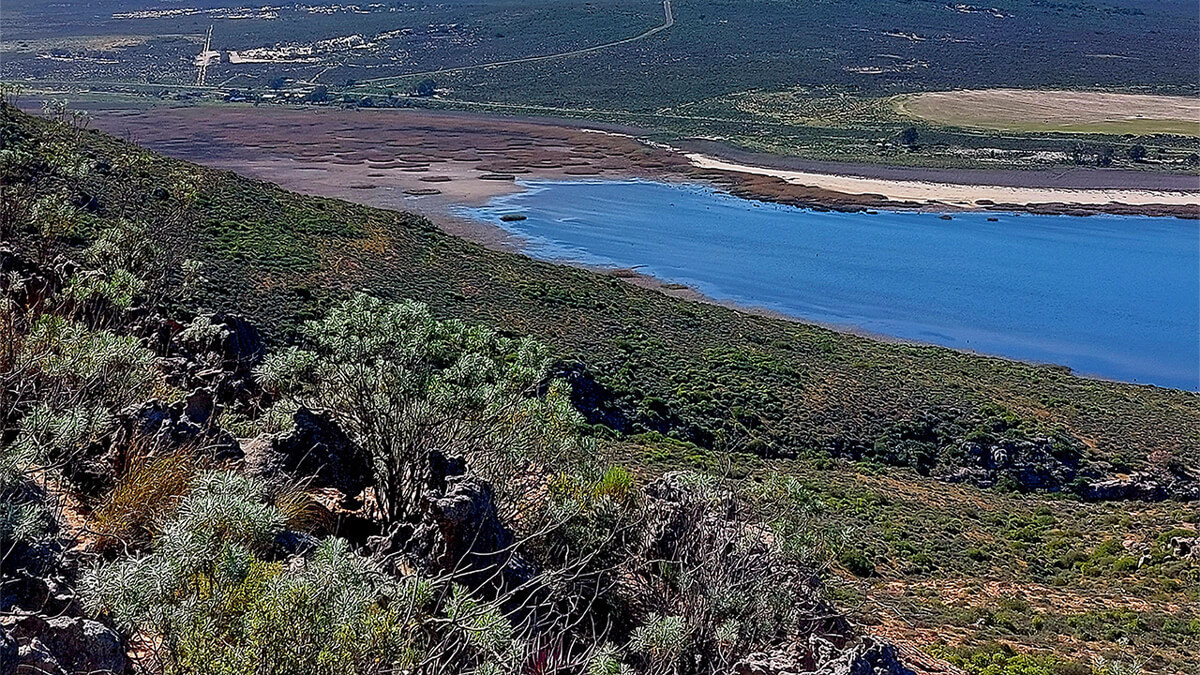Protecting Verlorenvlei

Designated as a Ramsar wetland of international importance in 1991, Verlorenvlei is regarded as one of the ten most important wetlands for wading birds in the South-Western Cape. The Vlei is a unique system with multiple conservation assets (ecological, social, historical, cultural, architectural and archaeological). Verlorenvlei supports more than 189 bird species, of which 75 are waterbirds and is, on occasion, host to more than 4000 birds. At least 26% of the Western Cape’s Great White Pelican population congregates at Verlorenvlei at times, as do various globally threatened species including the Black Harrier and Lesser Flamingo. Endangered mammal species which are found in the Verlorenvlei environs include Grant’s golden mole, De Winton’s golden mole, Van Zyl’s golden mole, Cape gerbil, aardvark, Cape spiny mouse, spectacled dormouse, honey badger and aardwolf.
The Verlorenvlei is an area of significant biodiversity importance, and provides a range of tourism, recreational, health, educational and other social benefits, supporting local livelihoods. The Verlorenvlei Estuary also contributes to the wider economy, including marine fisheries, through provision of nursery areas for the maintenance and productivity of marine fish populations, and to the amelioration of climate change effects through sequestration of carbon from the atmosphere.
Despite its importance, Verlorenvlei is suffering significant degradation as a result of substantial flow reduction (due to overabstraction from the catchment), extensive agricultural transformation of the estuarine functional zone, and increased nutrient pollution, all exacerbated by climate change.
The Centre is working with BirdLife South Africa on legal interventions to prevent further deterioration of the ecological conditions of the Verlorenvlei and the surrounding catchment. By doing so, we hope to ensure that this unique habitat, which provides a range of benefits to the surrounding communities, remains intact for future generations.